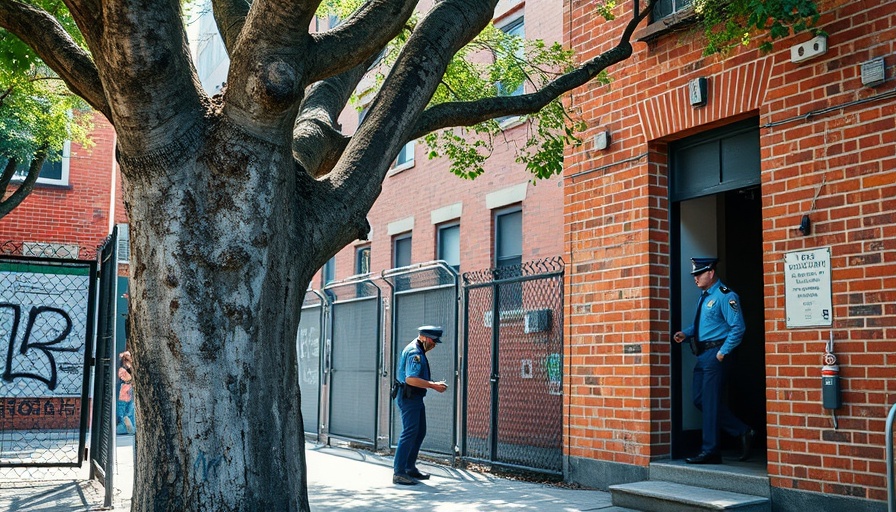
A Glimpse into the Evolution of Italian Harlem
At its height in the 1930s, East Harlem served as the heartbeat of New York City's Italian community, famously dubbed Italian Harlem. Stretching from 96th to 125th Street between Lexington Avenue and the East River, it was a vibrant neighborhood filled with life and cultural heritage. However, times have changed profoundly. After World War II, as many Italian Americans migrated to the suburbs, this once-thriving enclave lost its distinct identity and became known as Spanish Harlem or El Barrio.
Pleasant Avenue: A Remnant of a Bygone Era
Today, Pleasant Avenue remains a poignant reminder of that rich history, running from 114th to 120th Street, east of First Avenue. Originally known as the northern terminus of Avenue A, this street was renamed Pleasant in 1879, reflecting its picturesque, rural roots—a stark contrast to the dense tenements that characterize the area today.
The Unfolding Story of Italian Immigration
The history of Italian settlement here dates back to 1878, with immigrants from Polla, Salerno finding their way to East Harlem. Over time, waves of Italians from regions such as Bari, Naples, and Sicily established vibrant communities along blocks that would eventually come to be synonymous with the Mafia. As noted by historian Gerald Meyer, Pleasant Avenue became notorious for its crime, with its first reported murder dating back to 1882—an ominous beginning that foreshadowed its reputation.
Cultural Legacy Amidst Crime
Despite its criminal associations, the significance of Pleasant Avenue extends beyond the Mafia. The area retains cultural markers of its Italian past, epitomized by Our Lady of Mount Carmel Church, a landmark dedicated to serving the Italian immigrant population since its founding in 1885. Additionally, the Giglio Feast, a cherished festival held every August, incorporates traditional Italian heritage, nurturing communal ties and celebrating a unique cultural identity that persists even in the face of change.
Looking Forward: Pleasant Avenue Today
The organized crime influence has waned, but Pleasant Avenue continues to reflect the neighborhood's historical essence. It serves as a medium through which residents, both old and new, can connect with their past, even as the demographics shift. As urban professionals move in, the struggle between new identities and the echoes of Italian Harlem's vibrant past remains palpable.
A Call to Remember
For professionals—lawyers, accountants, and medical workers—working in or around these culturally rich neighborhoods, understanding the layers of history embedded within streets like Pleasant Avenue could foster more meaningful connections to the community as it evolves. Embracing this history means valuing the lives, struggles, and triumphs of those who came before us.
 Add Row
Add Row  Add
Add 




Write A Comment